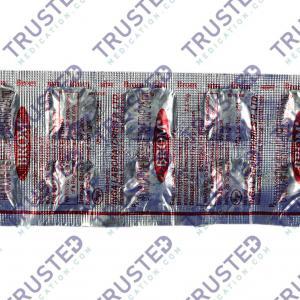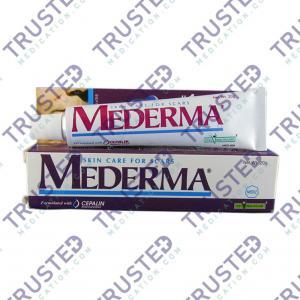
Fungal nail infections, also known as onychomycosis, are a common occurrence that can leave you with discolored and brittle nails, particularly on your toes. This condition is similar to an athlete’s foot. However, instead of affecting the skin on the bottom of your feet or between your toes, it invades your nails.
It occurs when the fungi dermatophytes invade the nails. This can lead to discoloration, crumbling, and thickening. While fungal nail infections are usually not serious, they can cause discomfort and embarrassment.
Types of Fungal Nail Infections
1. Distal subungual onychomycosis: This is the most common type of fungal nail infection. It begins at the end of the nail and spreads to the nail bed. This type of infection can cause your nails to thicken, discolor, and crumble at the edges.
2. White superficial onychomycosis: This type of infection affects the top layer of the nail and appears as white spots or streaks. As the infection progresses, the entire nail can become white and crumbly.
3. Proximal subungual onychomycosis: This type of infection starts at the base of the nail and spreads to the nail bed. It can cause your nail to thicken, discolor, and separate from the nail bed.
4. Candida onychomycosis: This type of infection is caused by a yeast called Candida and typically affects the fingernails. It can cause your nails to become thick, discolored, and raised.
Causes of Fungal Nail Infections
Fungal nail infections occur when a fungus invades the nail bed. This can happen through a small cut or separation between the nail and the nail bed. Fungi thrive in warm, damp environments, making places like public pools, showers, and gyms a breeding ground for these infections.
Symptoms of Fungal Nail Infections
The symptoms of a fungal nail infection include:
- Discolored nails (white, yellow, or brown)
- Thickened nails
- Brittle and prone to breaking or crumbling
- Nails that separate from the nail bed
- Foul odor
- Pain and discomfort
Who Gets Fungal Nail Infections?
Anyone can get a fungal nail infection. However, certain factors can increase your risk. These include:
- Being older (fungal nail infections are more common in people over 60)
- Having a weakened immune system
- Having diabetes
- Having an athlete’s foot
- Walking barefoot in public areas
- Having sweaty feet
- Having a nail injury
Is Fungal Nail Infection Contagious?
Fungal nail infections are contagious and can be transmitted from person to person via direct touch or exchanging contaminated things such as towels, socks, or shoes. However, the danger of transmission can be reduced by maintaining excellent hygiene and adopting precautions.
How is Fungal Nail Infection Treated?
Treatment for fungal nail infections typically involves antifungal medications, which may be applied topically or taken orally. Common treatment options include:
- Topical Antifungals: OTC or prescription-strength antifungal creams, ointments, or nail lacquers can be applied directly to the affected nails to kill the fungi.
- Oral Antifungals: In more severe cases or when topical treatments are ineffective, oral antifungal medications may be prescribed. These medications work from within the body to eradicate the fungal infection.
- Surgical Removal: In some cases, surgical removal of the infected nail may be necessary, especially if the infection is severe or causing significant pain or discomfort.
Treatment for fungal nail infections can be lengthy, taking weeks or months to completely eradicate the fungi. Recurrence is possible, emphasizing the need for ongoing maintenance and preventive measures.
How to Prevent Fungal Nail Infections
Preventing fungal nail infections is key to avoiding this common condition. Here are some tips to help prevent fungal nail infections:
- Keep your feet clean and dry
- Wear breathable shoes and socks
- Avoid walking barefoot in public areas
- Don’t share towels, shoes, or nail clippers with others
- Trim your nails straight across and avoid cutting them too short
- Treat athlete’s foot promptly
- Use antifungal powder or spray on your shoes
Fungal nail infections are a common condition that can be unsightly and uncomfortable. By understanding the causes, symptoms, and risk factors, you can take steps to prevent and treat this condition.
If you suspect you have a fungal nail infection, it’s essential to seek medical treatment promptly to avoid spreading the infection to others. With proper treatment and prevention, you can keep your nails healthy and infection-free.









